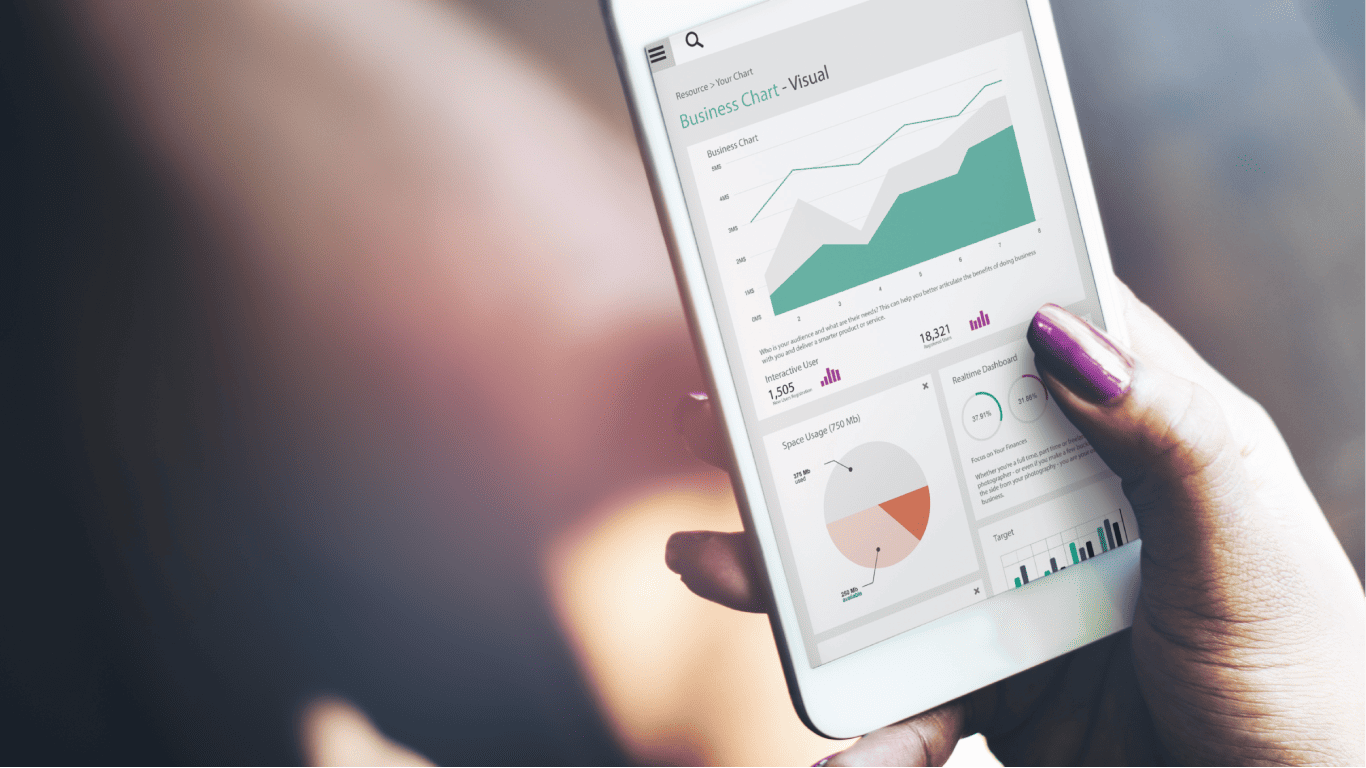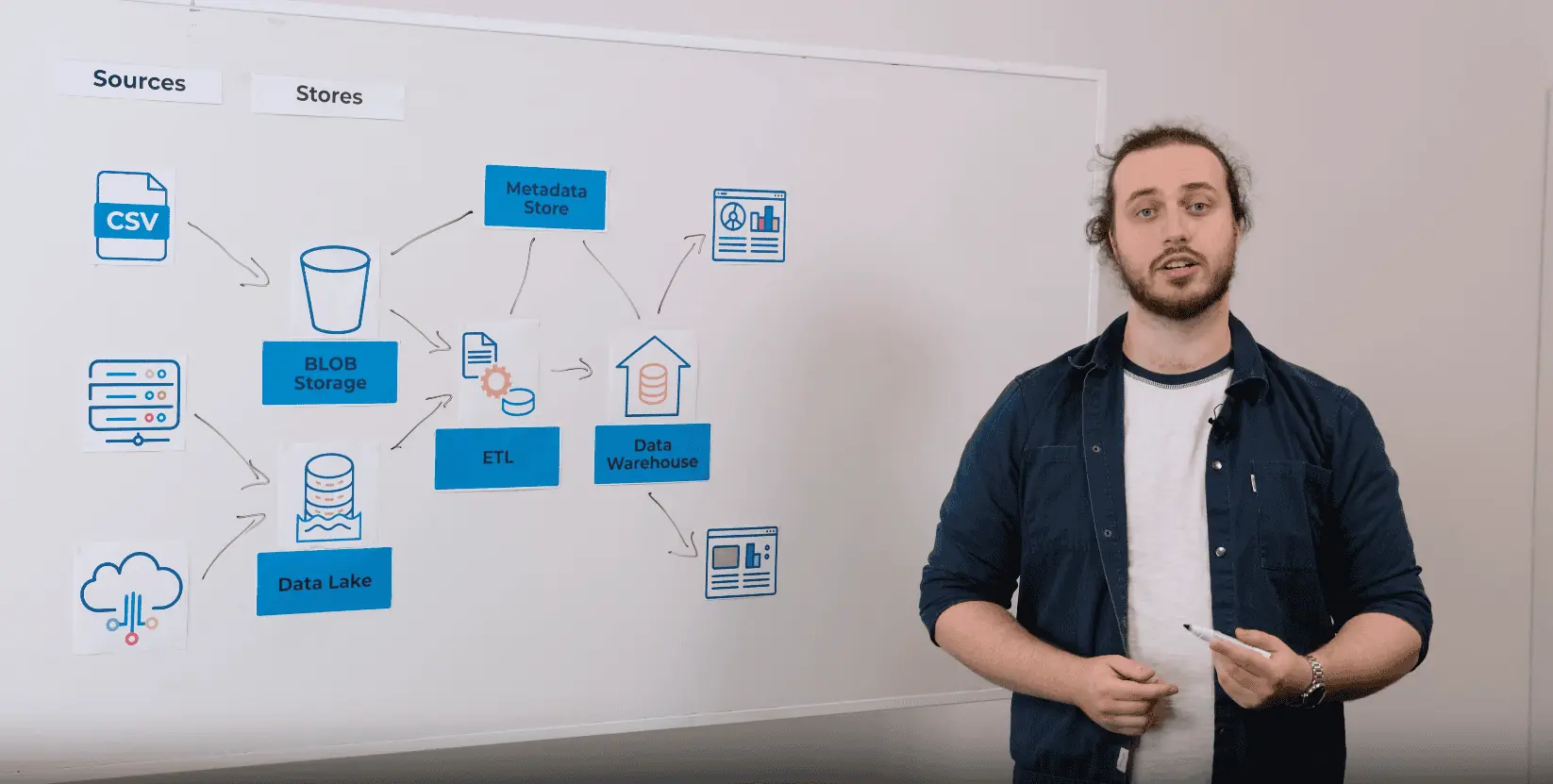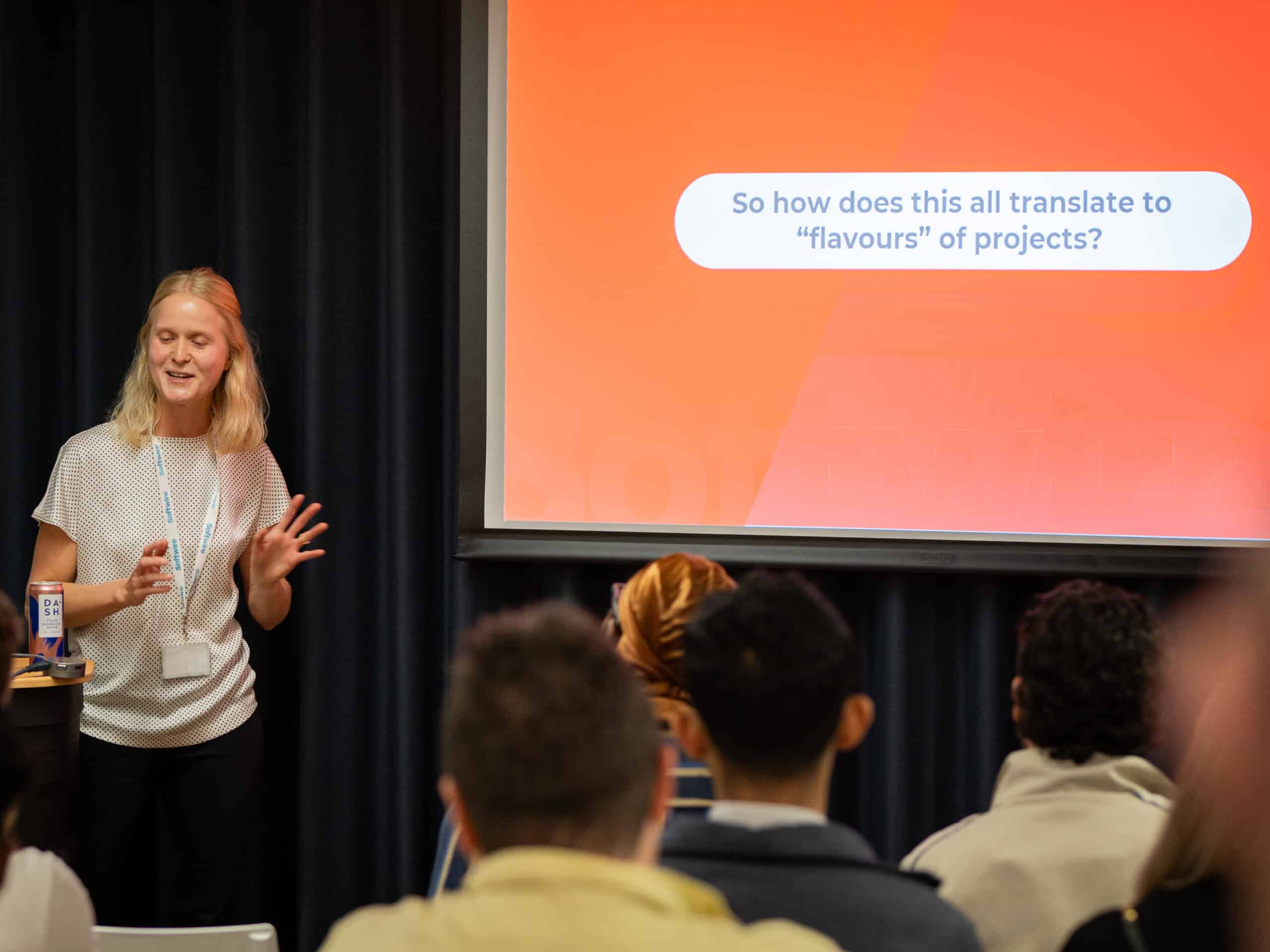
Data is all around us, all the time. We’re constantly having things presented to us in a variety of ways, with the goal typically to inform decisions or guide behaviour.
The graphs showing increasing Covid-19 cases during the pandemic were (in part) intended to drive adherence to the restrictions being imposed. Maps highlighting crime hotspots enable the police to target their resources accordingly. Infographics about climate change encourage us to alter our behaviours to reduce emissions.
Visualisations such as these play an important role in our everyday lives and work. At the Data4Good festival earlier this year, there was a lot of talk about best practices when it comes to presenting data, and otherwise making it available.
Some of this focused on creating impactful visualisations of different types of data, a topic that’s covered extensively across the internet. In this blog, I wanted to take a slightly different tack, and highlight a couple of other best practices that were touched on during the conference. These are things we should all be looking to keep in mind as we collect and present data, to make it as valuable and impactful as possible.
Offer open access to the full dataset
There are often good reasons for providing a curated set of tables, charts or other visualisations depicting certain data you’ve collected. For one, the full underlying dataset will often be large, complex and frankly overwhelming.
But that isn’t to say you shouldn’t share this underlying dataset. On the contrary: providing it alongside any visualisations you’ve created is important for a number of reasons.
Firstly, for people to change their behaviour or make a decision based on what you’ve presented, they need to trust what you’re saying. Offering people access to the full dataset, even if the majority never actually look at it, helps build this trust.
Secondly, making the dataset available gives people the opportunity to explore it at their leisure, access data you’ve collected but not included in your visualisations, and build their own visualisations, which may add value to yours. Giving people the freedom to create their own visualisations also helps overcome any biases the individual or team creating the main visualisations may have, or assumptions they’ve made. Keep in mind, though, that the dataset itself may not be entirely neutral (but that’s a topic for a whole other blog).
All of that said, there might be situations where it isn’t possible or appropriate to share the full dataset, or to share it publicly. Commercial sensitivity, for instance, may mean it’s not wise to allow access beyond your business. In these situations, we still advocate taking a share-by-default approach internally, and making the data freely available within the organisation.
There are various ways you can give people access to your raw data. You could simply offer the ability to export as a CSV, JSON or XML file. Alternatively, you may want to build an API, from which people can pull data.
Make your data accessible by all
When you’re presenting data, it’s really important that everyone who needs to be able to access and interpret it, is able to. For example, a chart, graph or map can be a great means of getting a point across to many people. But these visualisations can exclude those with vision impairments.
For these reasons, keep accessibility in mind as you design your visualisations. If you are showcasing data in a way that could exclude one or more groups, provide alternative ways for them to access it. In the above example, alt text describing the chart or map, or including the key data in tabular form, will help people using screen readers parse the information and understand what they need to know.
Best practices that make your point more impactful
As you consider how to present data you’ve collected, making your point as impactfully as possible will likely be the number one thing on your mind. The best practices we’ve outlined here will help. By building trust in what you’re saying, and making your insights accessible to as many people as possible, you maximise the likelihood of people making well-informed decisions based on the data you’ve collected and curated.


